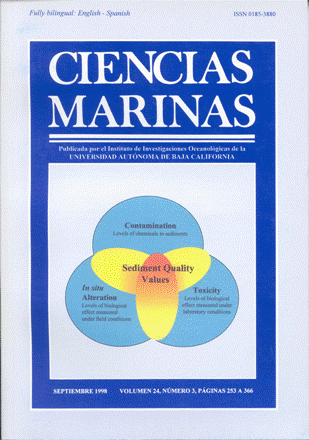HUFA content and DHA/EPA improvements of Brachionus plicatilis for sea bream (Sparus aurata) larvae
Main Article Content
Abstract
The relative concentration of n-3 and n-6 fatty acids and the DHA/EPA ratio are important factors in the survival and growth of marine larvae. The main objective of the present work was to campare the fatty acid content of one-day post-hatch sea bream larvae with the fatty acid content of severa1 dietary enrichment products (Chlorella sp., Protein Selco and Super Rotifer) and Brachionus plicatilis after enrichment. Generally, enriched B. plicatilis are added to larval culture tanks and they remain the only source of nutrients for up to 12 h. It was therefore decided to also study the fatty acid profile of B. plicatilis 3, 6 and 24 h after enrichment. Some of the enrichment products were found to have a higher HUFA content than the sea bream larvae, but the ratio of DHA/EPA was always inferior. Brachionus plicatilis was rapidly depleted in HUFA 3 and 6 h after enrichment and after 24 h, B. plicatilis could not be considered enriched.
Downloads
Article Details
This is an open access article distributed under a Creative Commons Attribution 4.0 License, which allows you to share and adapt the work, as long as you give appropriate credit to the original author(s) and the source, provide a link to the Creative Commons license, and indicate if changes were made. Figures, tables and other elements in the article are included in the article’s CC BY 4.0 license, unless otherwise indicated. The journal title is protected by copyrights and not subject to this license. Full license deed can be viewed here.

